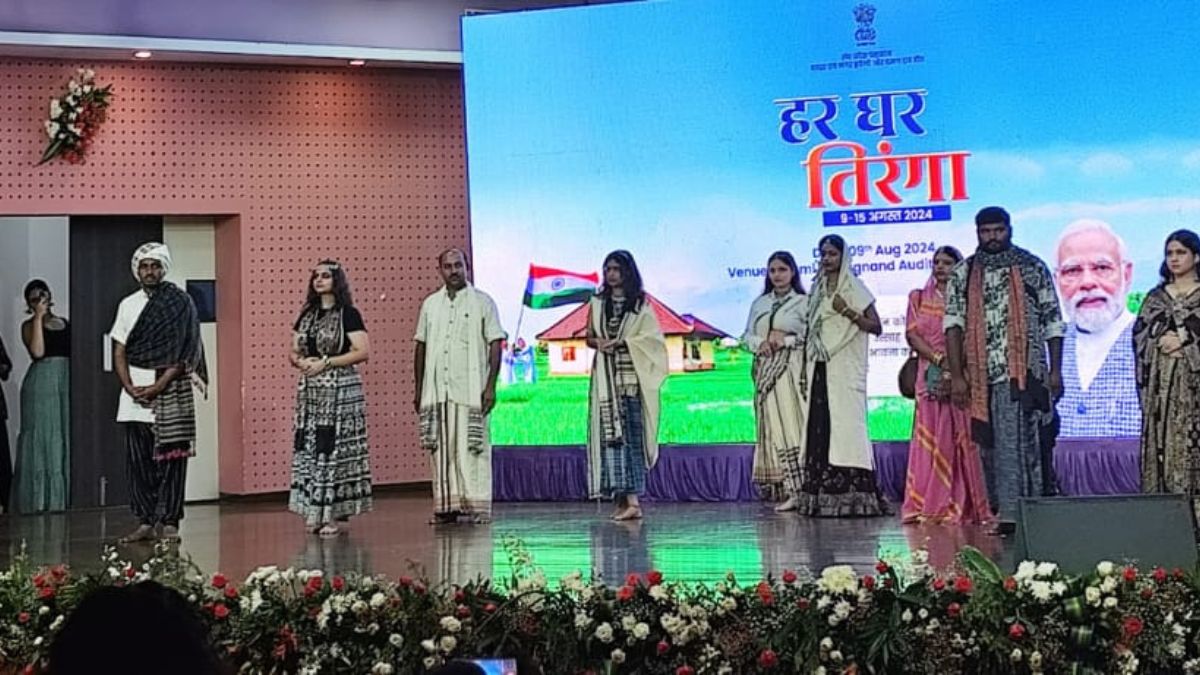NIFT Students Share Ramp with Handloom weavers
The event, held on National Handloom Day, featured collaborations between NIFT's Fashion Management and Textile Design students and esteemed artisans, including Bhujodi weaver Hansraj Vankar and Suf embroidery artisan Vijaya Kumar Rathod

Advertisement
Daman : In a vibrant display of India’s rich textile tradition, students from the National Institute of Fashion Technology (NIFT) walked the ramp alongside handloom weavers, showcasing the timeless beauty of traditional Indian textiles. The event, held on National Handloom Day, featured collaborations between NIFT’s Fashion Management and Textile Design students and esteemed artisans, including Bhujodi weaver Hansraj Vankar and Suf embroidery artisan Vijaya Kumar Rathod. Together, they highlighted the importance of preserving and promoting India’s handloom industry.
The collaboration between NIFT students and handloom artisans was a visual celebration of the deep connection between India’s cultural heritage and contemporary fashion. The ramp show featured an array of garments that combined traditional weaves with modern designs, demonstrating how India’s handloom industry has successfully adapted to contemporary tastes while maintaining its roots in ancient techniques.
Hansraj Vankar, a renowned Bhujodi weaver from Bhuj, and Vijaya Kumar Rathod, an expert in Suf embroidery, brought their craft to life on the runway. Bhujodi handlooms, known for their intricate designs and superior quality, have gained significant popularity in international markets. Similarly, Suf embroidery, a traditional art form from Gujarat, has captivated audiences with its detailed patterns, primarily created on handloom fabrics.
The event underscored the crucial role of the handloom sector in India’s economy. As the second-largest employer after agriculture, the handloom industry provides livelihoods to approximately 3.5 million people across the country. The unique weaves, designs, and traditional motifs of Indian textiles, such as Banarasi, Jamdani, and Ikkat, continue to attract global customers, further solidifying the industry’s significance on the international stage.
By using natural fibers and traditional methods, the handloom industry not only contributes to sustainable fashion but also honours India’s rich cultural heritage. The increasing demand for these handcrafted textiles reflects a growing appreciation for sustainable practices in the fashion world.
Advertisement

